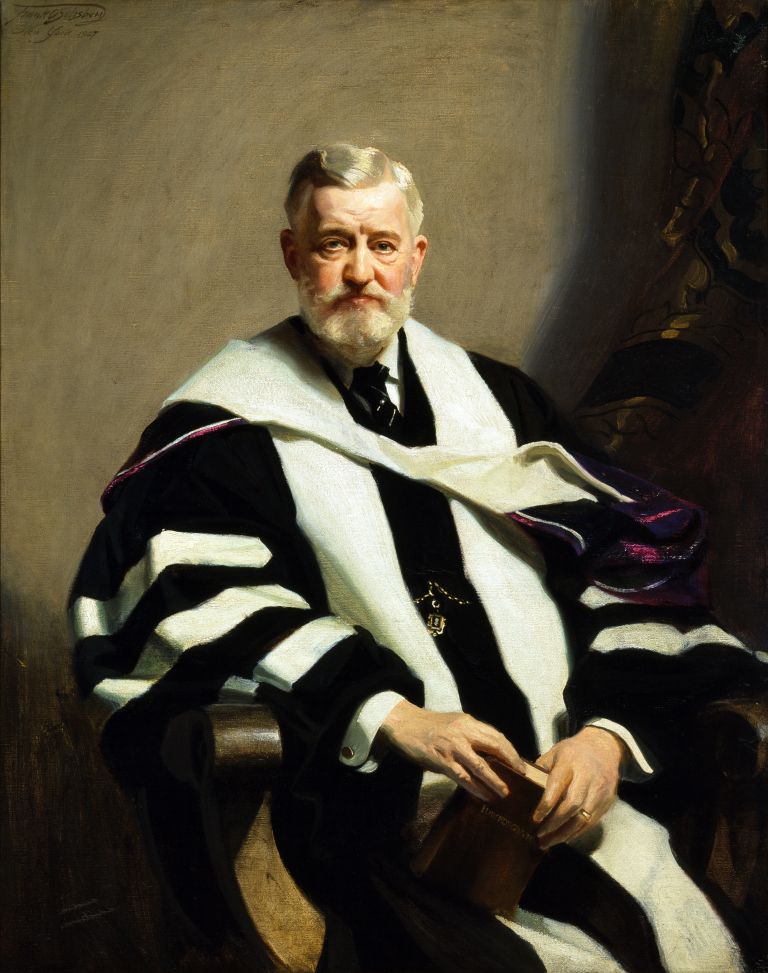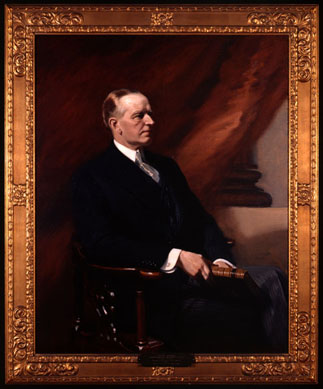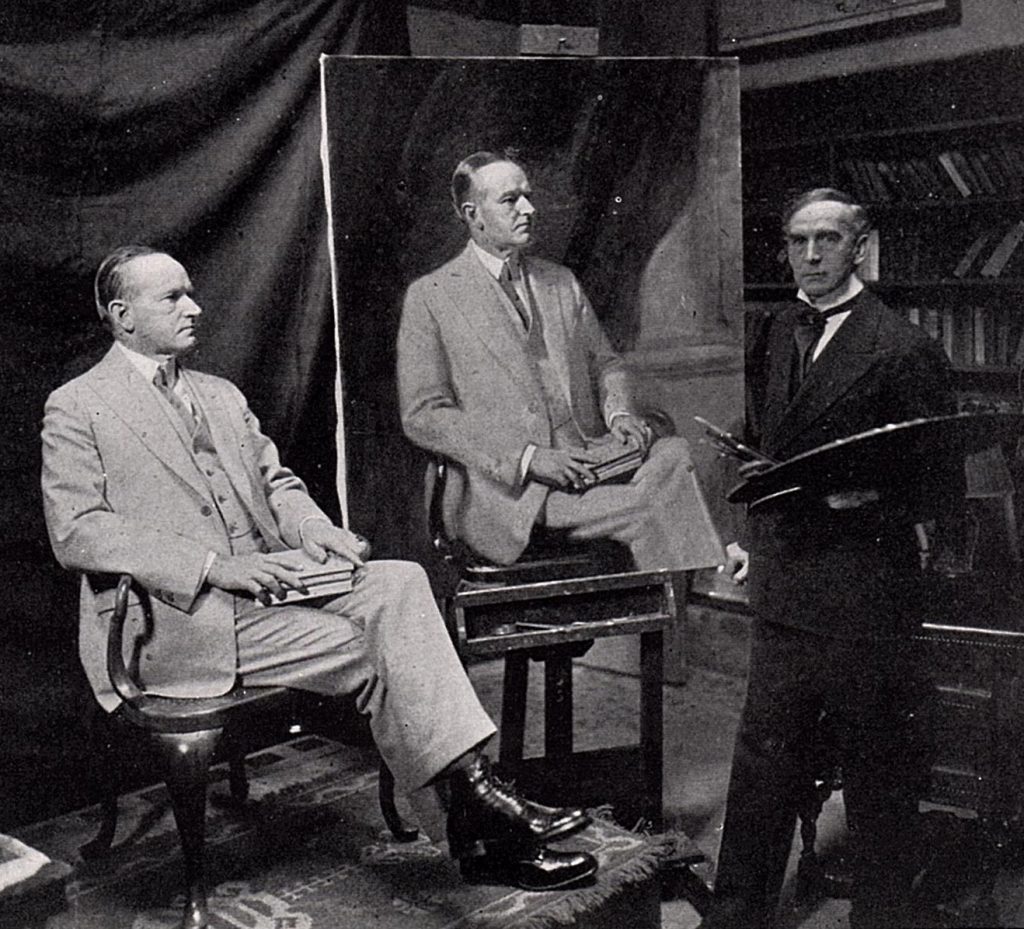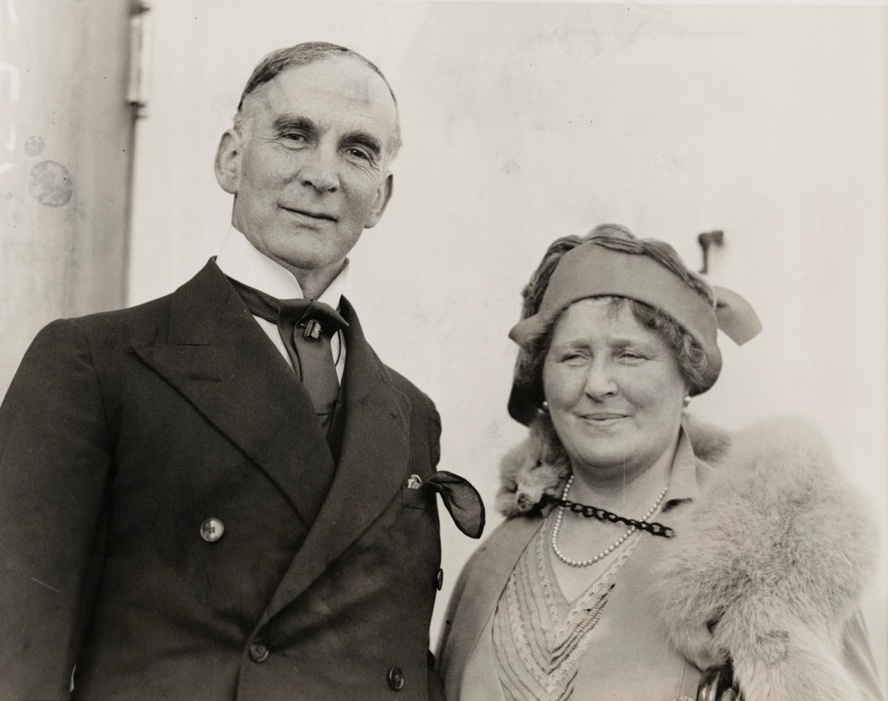Shakespeare Collector Emily Jordan Folger and First Lady Grace Goodhue Coolidge
Emily Folger née Jordan was a bluestocking: an educated, intellectual woman with a scholarly bent. In 1875, she followed her two sisters to Vassar College in Poughkeepsie, New York. Elected president for life of her class of 36 women, she went home to Brooklyn with a Phi Beta Kappa key in her pocket. Emily went on to earn a master’s degree in Shakespeare Studies at Vassar in 1896, a year in which only 250 women in the country attained that level. Born in Ohio, she never lost the folksy way of ending sentences with “doncha know.”
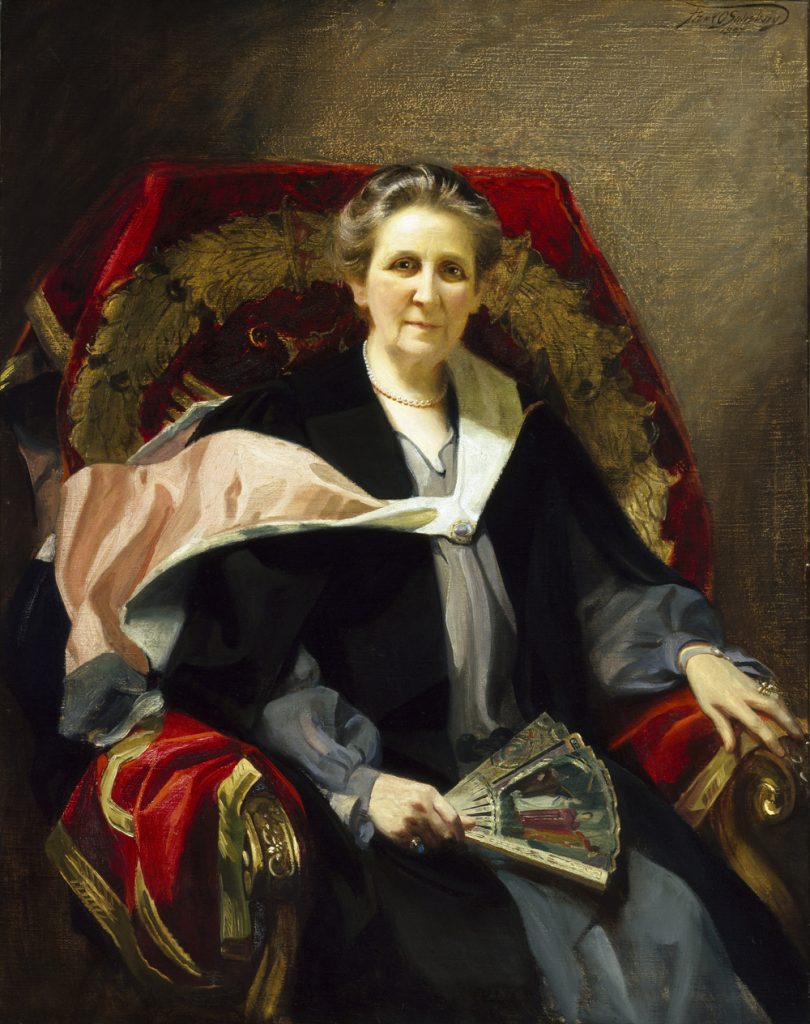
Photo 1: Emily Jordan Folger portrait by Frank O. Salisbury, 1927.
Courtesy of Folger Shakespeare Library.
Grace Coolidge née Goodhue was born in Vermont in 1879, the year Emily Jordan graduated from Vassar. Emily and Grace’s mothers were both born in New Hampshire. An only child, Grace graduated from the University of Vermont in 1902 with a B.A. in teaching. Grace and Emily each served as teachers. Grace taught at the Clarke School for the Deaf in Northampton, Massachusetts, employing lip reading rather than signing. Emily taught general studies at the Nassau Institute in Brooklyn. After their marriages to Henry Folger in 1885 and to Calvin Coolidge in 1905, both wives were obliged by law to stop teaching. The Folgers and the Coolidges joined the Congregational Church. Emily led Sunday School lessons at Brooklyn’s Plymouth Congregational Church, where the pastor was the abolitionist firebrand, Henry Ward Beecher. Emily and Grace both loved the theatre. They were both active in alumnae affairs. Both were outgoing, and married shy, quiet men. The two husbands went to the very top of their fields in the early 20th century. Folger was CEO of Standard Oil Company of New York and assembled the largest collection of Shakespeare items in the world. Coolidge was the 30th president of the United States of America. Despite this renown, the two couples were modest and simple folks.
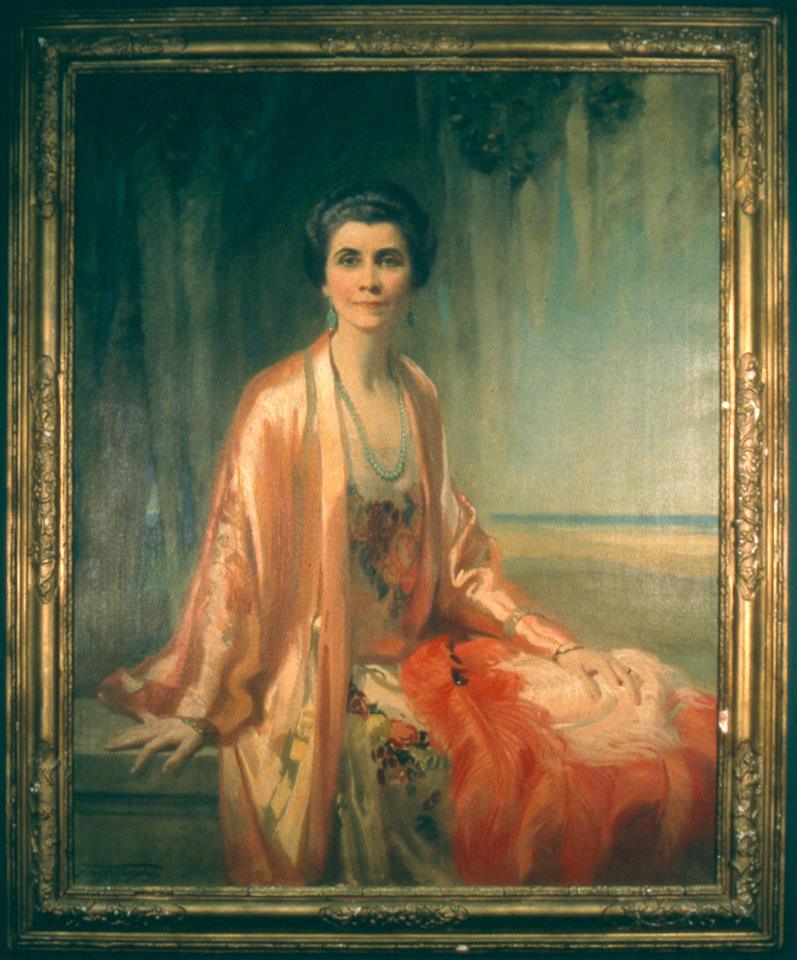
Photo 2: Grace Coolidge portrait by Frank O. Salisbury, 1928.
Courtesy of Vermont Division for Historic Preservation, President Calvin Coolidge State Historic Site.
Both Emily Folger and Grace Coolidge were subjects of paintings by the same British artist, Frank O. Salisbury. Known as Britain’s “Painter Laureate,” Salisbury painted 25 members of the Royal House of Windsor from King George V to Princess Elizabeth and four American presidents. Salisbury was more motivated to paint women because their attire was generally more colorful; he had apprenticed in a stained-glass factory that had left its mark. Salisbury was known to rummage around in his subjects’ closets looking for an inspiring outfit. In 1927, he painted Emily Folger seated indoors wearing her Vassar academic gown with flowing pink hood. She held in her hand an 18th-century fan decorated with a wedding scene from Shakespeare’s Henry V. In 1928, Salisbury depicted Grace Coolidge bedecked in jade jewelry, with hair pulled back, sitting outdoors in a flowing gown over a floral dress and with a red ostrich feather fan on her lap.
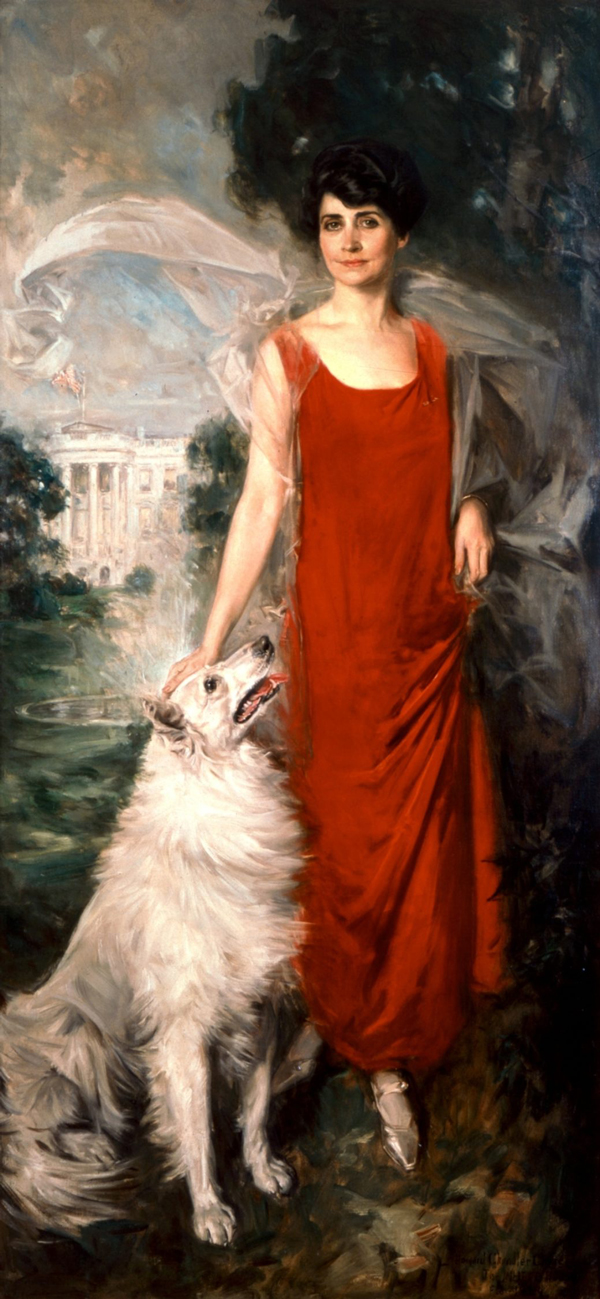
Photo 3: Grace Coolidge portrait by Howard Chandler Christy, 1924.
Courtesy of the White House Historical Association.
Grace Coolidge was the subject of another painter’s fancy. Howard Chandler Christy in 1924 was commissioned by sorority sisters at Pi Beta Phi to paint the First Lady. In a sleeveless red dress, standing on the White House south lawn flanked by her new white collie, Rob Roy, she was captivating. Coolidge biographer Amity Shlaes calls it “among the most beautiful paintings of a First Lady ever made.” The painting hangs in the White House China Room, where the rug was selected to match the color of Grace’s dress. At the time, however, President Coolidge was not sure he approved of Grace’s arms being bared for the world to see. When he grilled the artist, he preferred to bring up the color, why the dress needed to be red. Christy replied that it was to contrast with the white dog. Coolidge shot back, “Why not dye the dog red?”
(This post was originally published on Johns Hopkins University Press Blog on April 23, 2019)
COMMENTS:
CONNECT

